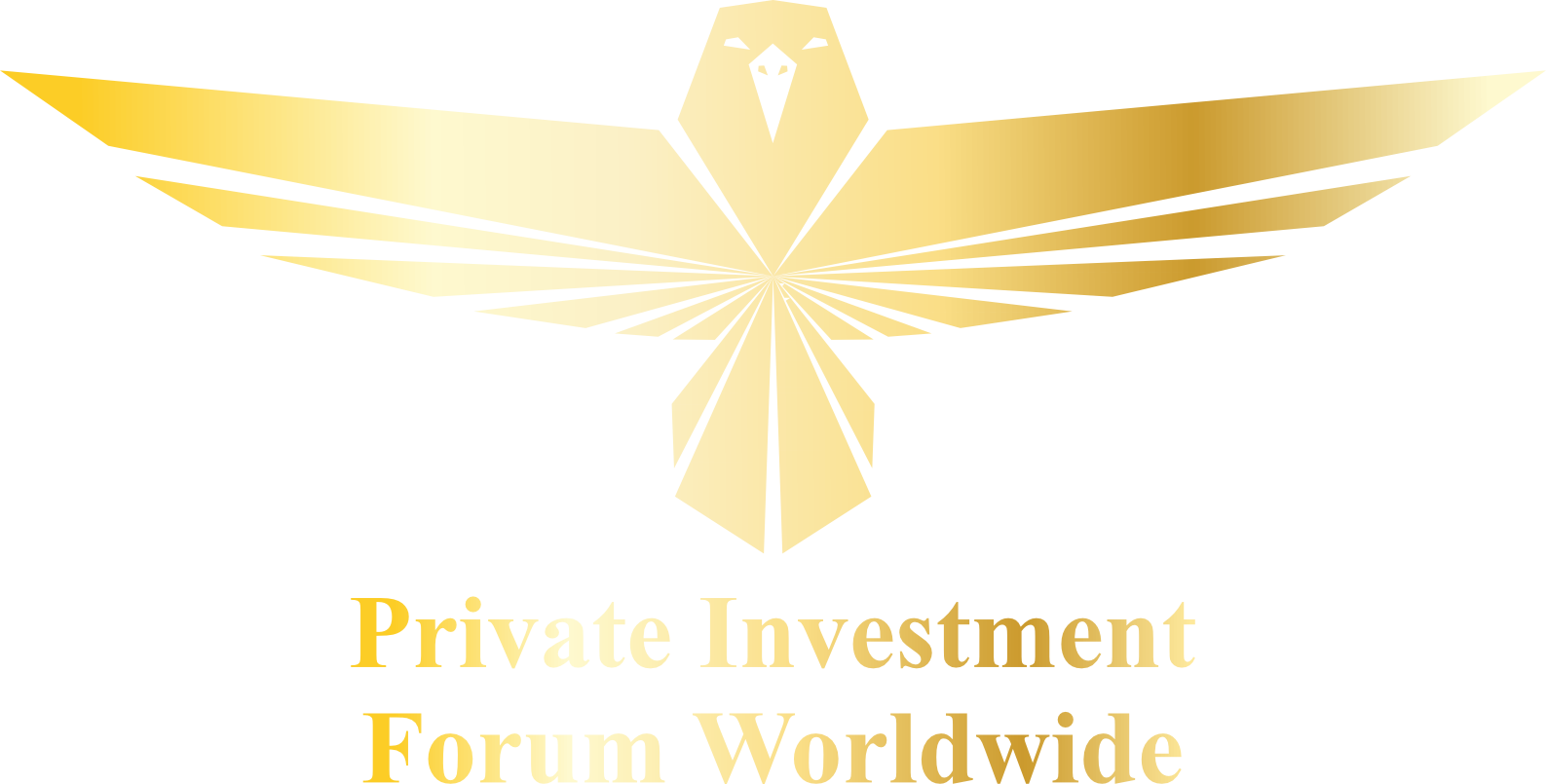
Executive Summary:
The article “Beyond the Hype: Recognizing Warning Signs in Healthcare Innovations” provides a critical examination of how to discern true innovation from mere hype in the healthcare sector. It emphasizes the importance of clinical validation, regulatory compliance, and the expertise of the founding team in assessing healthcare innovations.
Lack of Clinical Validation: This section stresses the crucial role of clinical trials and real-world evidence in validating healthcare innovations. It reveals that a large proportion of health-related mobile apps lack clinical trials, highlighting the risk of unproven health technologies. Read more.
Inadequate Regulatory Compliance: The significance of adhering to regulatory frameworks like FDA approvals is underscored. This section notes the dangers of bypassing standard regulatory processes, as seen in medication-related adverse events linked to non-compliant products. Read More.
Unprepared Founding Team: The expertise and experience of a healthcare innovation’s founding team are identified as key to its success. The section cites research showing that startups with seasoned leaders are more likely to succeed, emphasizing the need for a balanced, knowledgeable team. Read More.
Full article
In today’s fast-paced healthcare landscape, it’s crucial to tell apart real innovation from mere hype. This topic was profoundly discussed by investors at the Global Investors Leaders Club during a recent healthcare-devoted gathering. John H. Abeles, CEO at MedVest Group, US, captures this challenge well, stating, ‘The healthcare industry is flooded with new ideas, but not all are practical or effective.‘ His insight underscores the importance of carefully evaluating new healthcare technologies and treatments. While they may promise groundbreaking changes, it is essential to assess their true value and impact.
Concerns about adopting new health technologies too quickly are widespread among healthcare professionals. According to a Pew Research Center survey, over 70% express caution, pointing to a lack of solid evidence about their effectiveness and safety. This caution is sensible, as rushing to adopt new innovations can sometimes skip the necessary thorough testing and validation.
Adding to these worries, The BMJ reports that about 40% of healthcare interventions turn out to be ineffective or harmful later on. This alarming fact highlights the risks of unproven healthcare innovations. With this article, we aim to provide deeper insights and practical advice on spotting potential issues in healthcare innovations. It’s a balancing act: welcoming new advancements while critically evaluating their real-world application and effectiveness.

“When looking to invest in healthcare companies, I always check if the problem they’re addressing is ethically and morally significant, and if their solution is clinically proven. This approach is crucial in a landscape where many innovations lack robust clinical backing.”
– Charles Sidman, Founder at ECS Capital Partners, US, emphasized the importance of the validation process during one of the G.I.L.C. healthcare-themed gatherings.
Red Flag #1: Lack of Clinical Validation
In healthcare innovation, it’s vital to show that new methods are effective and safe. This means thoroughly testing them. Clinical trials and real-world studies are crucial in this process. They make sure that these new ideas work well and, importantly, that they’re safe for patients.
Recent studies bring to light a pressing concern in healthcare innovation. According to the Journal of the American Medical Association (JAMA), only about 10% of health-related mobile apps have been tested through clinical trials. This alarming statistic suggests a large number of digital health innovations lack thorough validation, despite the burgeoning number of apps and tools in this field. Furthermore, research in Health Affairs indicates that healthcare interventions supported by robust evidence tend to significantly improve patient outcomes and are more cost-effective. In contrast, interventions with scant clinical validation often fall short in effectiveness.
Case study: A study on digital health startups by JMIR served as an example of the notable absence of clinical validation, with 98 out of 224 companies analyzed receiving a clinical robustness score of zero. This indicates a significant portion of these startups lack essential clinical trials or regulatory filings, essential for proving their products’ effectiveness and reliability. Furthermore, there was no correlation found between a company’s funding and its clinical robustness, suggesting that investment levels don’t necessarily align with clinical validation.
Risk: Adopting innovations that may not deliver the promised benefits or could even be detrimental without rigorous testing and evidence without this rigorous testing and evidence.
The Key Takeaway: There is the crucial role of rigorous clinical trials and solid evidence. They are vital in ensuring that healthcare innovations not only contribute positively to patient health but also enhance the overall efficiency of healthcare systems.

“Regulatory compliance is crucial in healthcare innovation, particularly regarding FDA approvals and oversight. When investing, I focus on companies that not only present concrete solutions addressing market or public needs but also adhere strictly to regulatory standards. Bypassing these regulations is often a red flag.“
– Vinod Keni, Founder at Peachtree Ventures, India, during a healthcare-focused event held by the G.I.L.C
Red Flag #2: Inadequate Regulatory Compliance
In the healthcare industry, following regulatory guidelines is crucial, as ignoring them can have severe repercussions. The importance of this adherence is clear from the FDA’s yearly reports on drug safety and adverse events. These reports often show that many medication-related problems are connected to products that skipped the usual regulatory steps. Skipping these essential regulations can pose major risks to both patients and healthcare systems.
Case study: The Vioxx case, involving the withdrawal of a popular painkiller from the market in 2004, stands as a cautionary tale in the healthcare sector. Introduced by Merck & Co., Vioxx was initially celebrated for its efficacy in treating pain and inflammation but was later found to be associated with significantly increased risks of heart attack and stroke. The key red flag in this case was the manufacturer’s partial disclosure of the drug’s cardiovascular risks. This oversight in safety data reporting highlighted the vulnerabilities in regulatory practices and the critical need for thorough and transparent clinical testing. The incident not only led to a reevaluation of drug safety assessments and regulatory oversight but also prompted a broader discussion on ethical responsibilities in pharmaceuticals, the importance of post-marketing surveillance, and the necessity for transparent communication with healthcare providers and patients. The Vioxx case fundamentally reshaped policies around drug safety and underscored the imperative for robust regulatory oversight to ensure the safety and efficacy of healthcare products.
Risk: Ignoring regulatory compliance in healthcare innovation carries significant risks. When companies bypass crucial FDA approvals, they risk introducing unsafe products to the market. This negligence not only endangers patient health but also burdens healthcare systems with legal and ethical challenges. As FDA reports often reveal, many health complications arise from products that skip essential safety checks, underscoring the dangers of non-compliance.
Key Takeaway: The critical takeaway here is the undeniable importance of strict regulatory compliance in healthcare. Adherence to standards, particularly FDA guidelines, is vital for ensuring the safety and effectiveness of medical products. The Vioxx incident serves as a powerful reminder of what can happen when safety data is inadequately disclosed and regulatory processes are overlooked. It highlights the necessity for thorough clinical testing, ethical conduct in pharmaceutical development, and vigilant regulatory oversight to safeguard public health and maintain trust in healthcare systems
“Founders need to strike a balance between confidence and arrogance; the former is believing in your idea while being open to feedback, and the latter is a stubborn belief in your idea, ignoring outside advice. This balance is key to success.“
– Michael Ross, President at Joseph Capital, US, at a recent G.I.L.C exclusive event
Red Flag #3: Unprepared Founding Team
Michael Ross, President at Joseph Capital, US, shared his insights about the importance of the founding team’s expertise in healthcare innovation during a GILC Gathering. He recalled investing in a robotics company run by undergraduates, noting their balance of confidence and humility. Despite having major clients like Rolls-Royce, they were aware of their limitations and actively sought guidance to advance their business. This, according to Michael, is a prime example of the right attitude for entrepreneurial success in healthcare. In this context, the role of investor networks, such as the Global Investment Leaders Club, becomes crucial. These network events provide a secure place for investors to leverage collective expertise and experiences in evaluating the effectiveness of founding teams as well as other key points to look for when evaluating startups.
This narrative aligns with broader industry trends. Research by the National Bureau of Economic Research (NBER) indicates that startups helmed by seasoned entrepreneurs are twice as likely to achieve success and attract investment compared to those with less experienced leaders. Furthermore, data from the National Venture Capital Association (NVCA) confirms that venture capitalists often prioritize industry-specific expertise and qualifications in the founding teams of healthcare innovation startups.
These insights highlight the importance of a well-rounded, experienced team in the journey from a bright idea to a successful healthcare innovation.
Case study: Call9, a healthcare startup established with the noble intention of connecting patients in need of immediate medical consultation with doctors, serves as a cautionary tale in the realm of healthcare entrepreneurship. Founded in 2015, Call9 seemed poised for success, having secured a substantial funding amount between $10M and $50M and growing to employ between 100-250 people. However, the venture came to an abrupt end in 2019. The fundamental flaw in Call9’s model was not in its innovative idea or its inability to attract initial funding. The issue lay in the startup’s business model, which failed to sustain growth and scalability in the competitive healthcare market. The founders’ inability to adapt and evolve the business model in response to market demands ultimately led to Call9’s downfall. This case exemplifies the critical importance of a viable and flexible business strategy, especially in the dynamic and complex healthcare industry
Risk: Founders who lack the right balance between confidence and humility, or who don’t have the necessary expertise, can lead their startups astray. As seen with startups like Call9, even a great idea and initial funding aren’t enough if the team can’t adapt their business model to the evolving demands of the healthcare market. Ignoring valuable feedback and failing to seek guidance can result in missed opportunities and, ultimately, the failure of the venture.
Key Takeaway: The main lesson here is the crucial role of a well-rounded, experienced founding team in healthcare startups. As highlighted by industry research and investor insights, teams that combine industry knowledge with the right attitude—confidence coupled with an openness to feedback—are more likely to succeed. This approach, coupled with a viable and adaptable business strategy, is essential for navigating the complexities of the healthcare sector. Safe investment communities like the Global Investment Leaders Club are invaluable for startups, offering access to collective expertise and investor experience that can guide founding teams toward sustainable success.
Conclusion
Navigating the healthcare innovation landscape calls for careful attention. We’ve seen how turning a great idea into a safe, effective healthcare solution is full of challenges. It’s vital to balance innovation with strict standards for patient safety and effectiveness. The future of healthcare innovation is promising, but it must be approached thoughtfully and responsibly. Working with other investors and learning from them is key. Their insights, along with those from industry experts and experienced investors, guide us in adopting new technologies wisely. It’s about choosing innovation that is not only exciting but also safe and insightful. To join in on these important conversations and learn more, make sure to check our schedule and sign up for our upcoming events.











